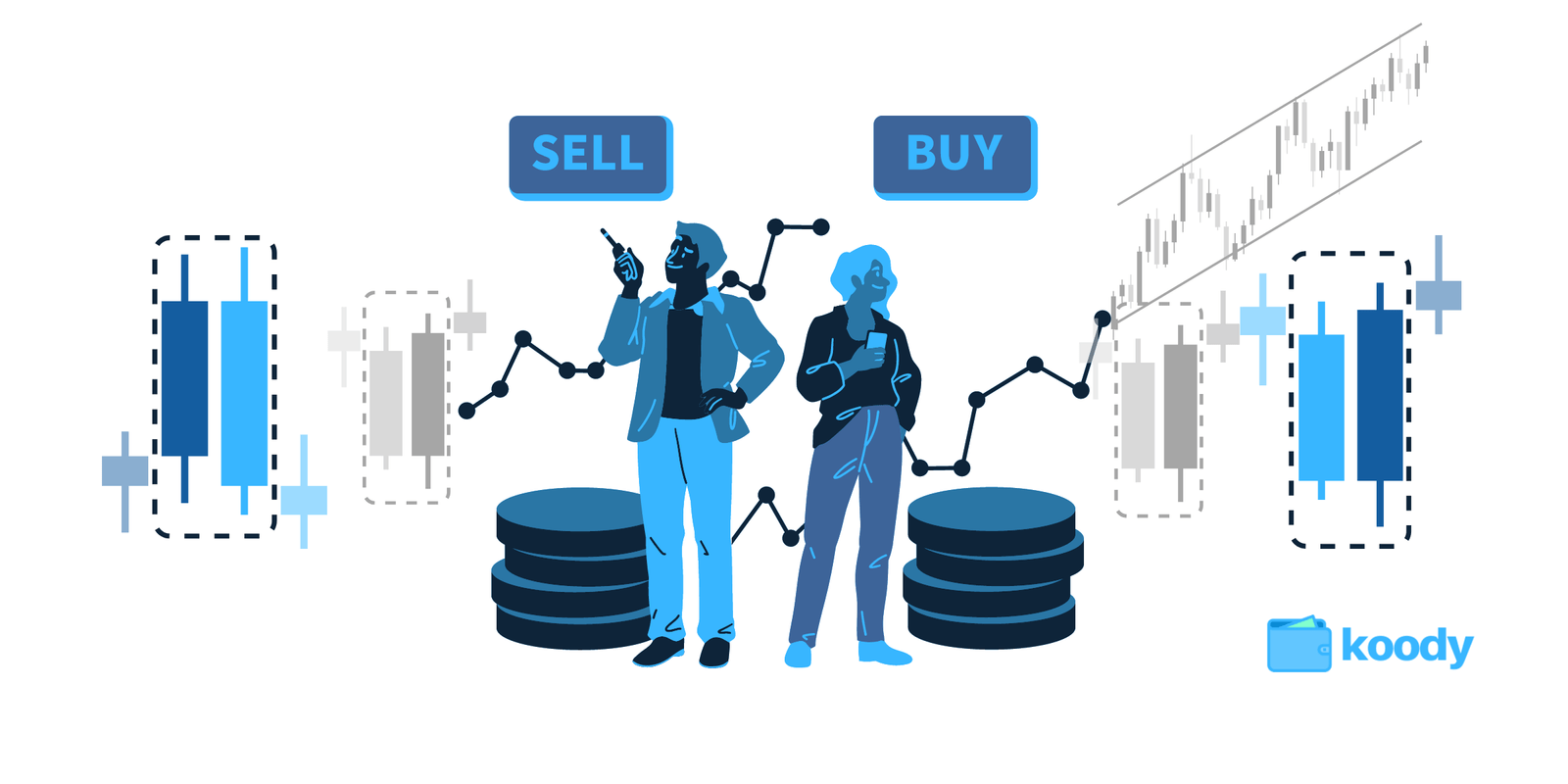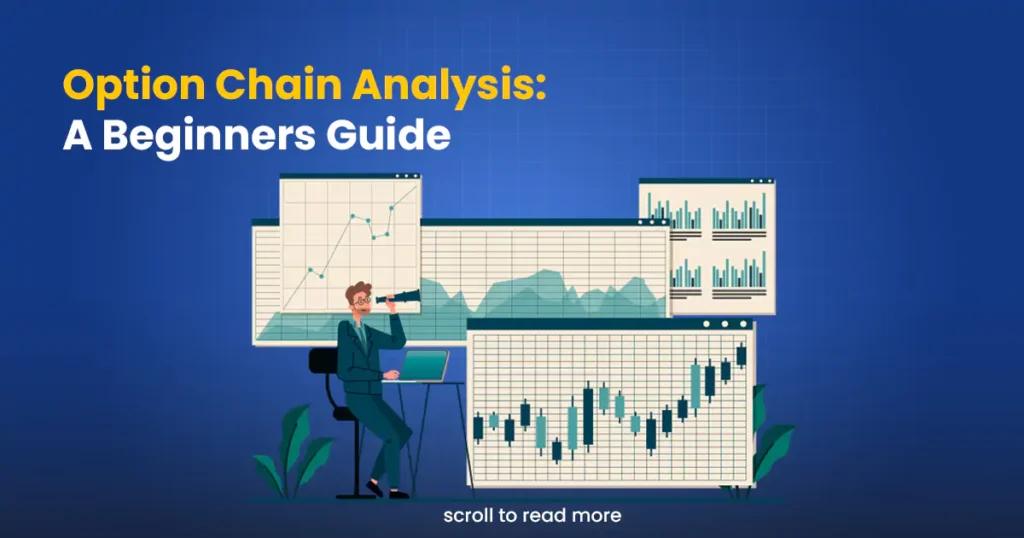
How to Trade Options: A Beginner’s Guide to Understanding the Basics and Navigating the Market

Options trading is a powerful tool that offers the potential for significant profits, but it also comes with the risk of major losses. It allows investors to leverage small movements in asset prices to maximize returns while offering flexibility to hedge portfolios. If you’re looking to diversify your investments or speculate on price movements, options could provide the opportunities you’re seeking. However, before diving into options trading, it’s crucial to understand the basic mechanics, the risks involved, and how to choose the best platform for trading. This comprehensive guide will help you grasp the essentials and set you on the path to becoming a successful options trader.
Key Takeaways:
- Options provide a way to leverage price movements, but they come with significant risk.
- You need to understand the difference between call and put options, how they’re priced, and how to manage risk effectively.
- Choosing the right broker and trading platform is critical for smooth and cost-effective options trading.
- Options involve complex strategies, such as spreads, straddles, and iron condors, each with different risk-reward profiles.
What You Need to Know Before You Start Trading Options

Before you begin, here are the key concepts you need to understand:
What is an Option?
An option is a financial contract that gives you the right, but not the obligation, to buy or sell an underlying asset (like a stock) at a specific price (the strike price) before the option expires. Options allow traders to profit from the price movement of the underlying asset without owning it outright.
There are two main types of options:
- Call Options: Give you the right to buy the asset at the strike price before the option expires.
- Put Options: Give you the right to sell the asset at the strike price before the option expires.
How Options Are Priced
The price of an option, known as its premium, is determined by various factors, including the price of the underlying asset, the strike price, time to expiration, and market volatility. Options can be classified as:
- In the Money (ITM): The option has intrinsic value because the underlying asset’s price is favorable compared to the strike price.
- Out of the Money (OTM): The option has no intrinsic value and is purely speculative.
- At the Money (ATM): The strike price is equal to the price of the underlying asset.
The Greeks—Delta, Gamma, Vega, and Theta—are commonly used to gauge how the option’s price changes in response to movements in the market or time.
How Option Prices Change
The price of options can be influenced by:
- Delta: Measures how much the price of the option will change when the price of the underlying asset changes.
- Gamma: Measures how delta changes as the underlying asset’s price moves.
- Vega: Reflects how sensitive the option is to changes in volatility.
- Theta: Measures how much value an option loses as it approaches expiration (time decay).
Understanding the Risks
Options can provide high returns but also carry significant risk, especially if you don’t understand how to manage them. Losses can occur quickly, and options can expire worthless if the market doesn’t move in the direction you anticipated. Having a solid risk management strategy, such as setting stop-loss orders or limiting the size of your positions, is essential.
Call and Put Options Explained

Options are designed to allow you to make leveraged bets on the direction of an asset’s price. Every standard option contract controls 100 shares of the underlying asset. Here’s how the two primary types of options work:
- Call Options:
- When you buy a call option, you’re betting that the price of the underlying asset will rise above the strike price.
- If the asset’s price rises above the strike price, you can buy the asset at that lower price and potentially sell it for a profit.
- Put Options:
- When you buy a put option, you’re betting that the price of the underlying asset will fall below the strike price.
- If the asset’s price falls below the strike price, you can sell the asset at that higher price, locking in a profit.
Options can be sold or exercised, and if they are not profitable, they can expire worthless.
American vs. European Options

The primary distinction between American-style and European-style options lies in the timing of when you can exercise them:
- American-style options can be exercised at any time before the expiration date.
- European-style options can only be exercised on the expiration date.
Most options traded on exchanges like the Chicago Board Options Exchange (CBOE) are American-style, while index options are often European-style.
Physical vs. Cash Settlement

When options contracts expire, they can be settled in one of two ways:
- Physical Settlement: This is when you receive the underlying asset (shares of stock, for example) when the option is exercised.
- Cash Settlement: In the case of index options, the option’s value is settled in cash, and no physical asset changes hands.
Best Platforms for Options Trading

Choosing the right broker for options trading is critical to your success. Here are some top platforms, each offering unique features tailored to different types of traders:
- Tastytrade – Best for Options Trading
- Account Minimum: $0
- Fees: $0 for stock trades, $1 to open options trades (capped at $10 per leg), $0 to close
- Best For: Active options traders who want a user-friendly platform focused on options strategies.
- Interactive Brokers – Best for Advanced Traders
- Account Minimum: $0
- Fees: $0 commissions for equities/ETFs, $0.65 per contract for options
- Best For: Professional traders needing advanced tools, global access, and low fees for active trading.
- E*TRADE – Best for Beginners
- Account Minimum: $0
- Fees: $0 for stock/ETF trades, $0.50-$0.65 per contract for options
- Best For: New traders looking for a straightforward interface and good educational resources.
- Webull – Best for Low-Cost Options Trading
- Account Minimum: $0
- Fees: $0 for stock, ETF, and options trading (small markup included)
- Best For: Cost-conscious traders who want commission-free options trading with advanced charting tools.
Steps to Open an Options Trading Account

Ready to start trading options? Here’s how to get started:
- Choose a Broker: Select a reputable broker like Interactive Brokers, Tastytrade, or E*TRADE that offers robust options trading tools.
- Register an Account: Complete the application, and provide any necessary documentation to gain approval for options trading.
- Fund Your Account: Deposit the required funds into your account, making sure you meet the broker’s margin requirements.
- Learn Strategies: Educate yourself about various options strategies (like spreads, straddles, and covered calls) to help you manage risk and maximize returns.
How to Read an Options Chain

An options chain displays the prices and other essential details of available options contracts. Here’s how to understand it:
- Bid: The highest price a buyer is willing to pay for the option.
- Ask: The lowest price a seller is willing to accept.
- Volume: The number of contracts traded on the day.
- Open Interest: The total number of outstanding contracts.
- Strike Price: The price at which the option can be exercised.
- Expiration Date: The last day the option can be exercised.
Conclusion: Mastering Options Trading
Options trading offers great opportunities for profit, but it’s not without its complexities. To succeed, you need to understand how options work, manage risk effectively, and choose a platform that aligns with your trading style and needs. With a solid foundation and the right tools, options trading can be a powerful addition to your investment strategy. Take your time to learn, practice, and refine your skills as you dive into the world of options trading!